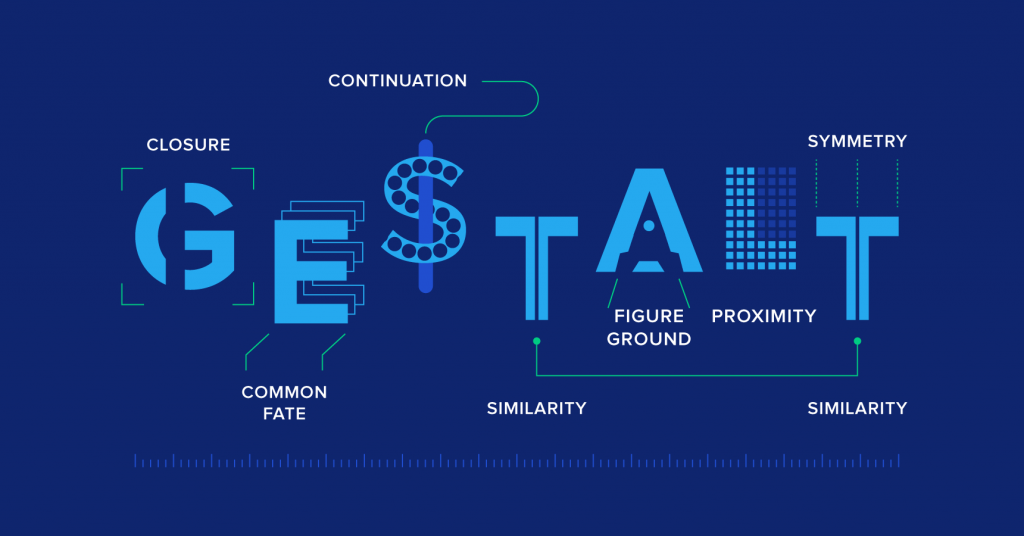By Susanne Tauber
Very early social psychology was fascinated with the relationship between movement and human connectedness. The famous Gestalt principles tried to answer the question why humans naturally perceive things as “popping out” from the background. One of these, the principle of Common Fate, states that when things move in the same direction, humans perceive them not only as belonging to each other. They also perceive them as having a common a shared essence, as being connected. When we see flocks of birds, schools of fish, or groups of people moving together, we perceive them as one: we see them a sharing common fate.
In Notes on Synchrony, we examine the role of synchrony for human connection and trust. Intriguingly, our team is like a representation of this question in flesh: different scientific disciplines and different kinds of artists interact to arrive at a shared destination. Together, we try to attune to each other, so that through synchrony in our collaboration, we arrive in a state of flow that results in good performance. But performance means different things to each of us: for the scientists, it means useful data. The dancers are looking for connection and synchrony. Other artists in the team aim for an entraining experience for the audience, by means of music, spoken word, and reflection.
I notice the same boundary spanning in the audience: people watching the performances are not only observers, they are not there for simple entertainment. Upon watching and experiencing our strange mix of dancing scientists and inquiring artists, they start investigating themselves. Our audience becomes researchers, and sometimes they are artists in their reflections on the performance. Thus, one of the insights of this collaboration between scientists, artists, and the audience is that the roles we think we occupy in our daily lives are not set in stone. Boundaries get fuzzy quickly when scientists are part of a dancing performance, dancers determine the speed and direction of the data collection, and audiences start researching their perceptions and feelings about synchrony.
First, I found this fuzziness and ambiguity in roles frightening. The longer I am part of this project, the more liberating and interesting I find the thought that we are all everything. After all, the capability to take the other’s perspective is a core human trait. Just what I’ve been looking for when embarking on this search for human connectedness.
 source: https://www.toptal.com/designers/ui/gestalt-principles-of-design
source: https://www.toptal.com/designers/ui/gestalt-principles-of-design
